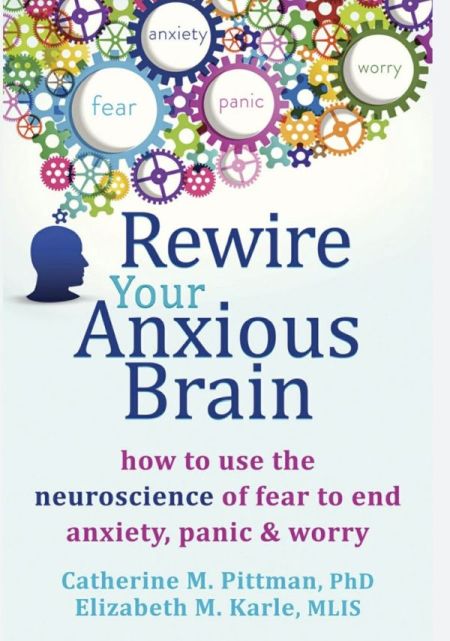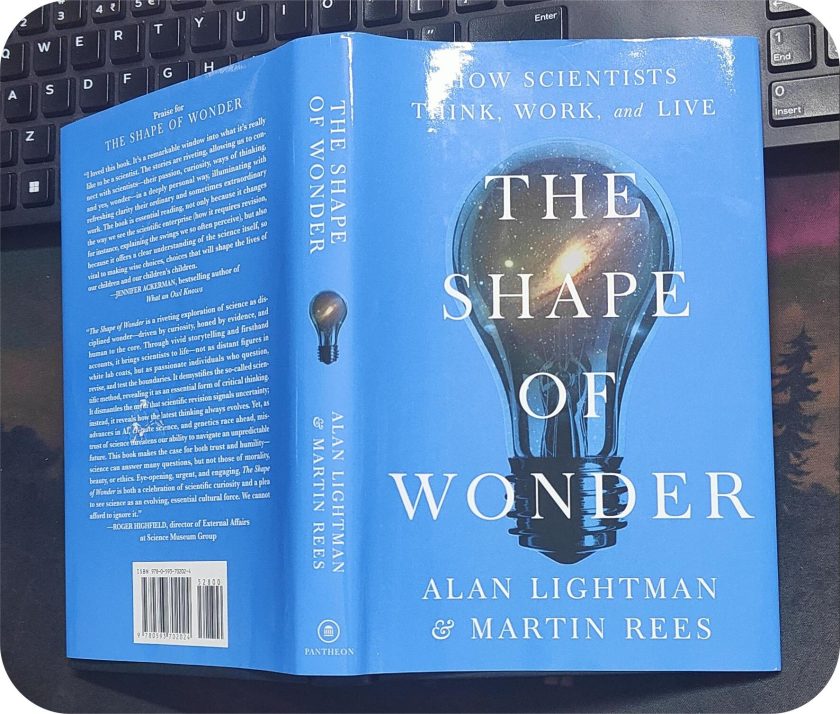Anxiety is part of our everyday life but chronic anxiety is a type of mental illness. It is neither a temporary problem nor does it get away with medications. It can have serious consequences on health such as depression, mood swings, headache, panic attacks, pounding heart, breathing problems, extreme fatigue, increase in blood pressure and so on.
Everything starts in the brain and how it functions is still a topic of discussion for many researchers. In the past I read a couple of books on brain but I personally feel Rewire Your Anxious Brain: How to Use the Neuroscience of Fear to End Anxiety, Panic, and Worry by Catherine M. Pittman and Elizabeth M. Karle is near to what I have been looking for.
Workings of brain
I was expecting a chapter on alternative therapies like Yoga and Acupressure nevertheless, the book is rich with practical advice and insights of workings of brain. Anyways, please find my learnings summarized below.
The book is divided into three main subtopics:
- Anxious brain basics: it talks about different centres in the brain and their connections to each other forming neural networks.
- Taking control of amygdala-based anxiety: this section talks about anxiety that generally initiates with imagination. And the ways through which we can re-direct the habit of hopeless thinking into positive thought process.
- Taking control of cortex-based anxiety: this part discusses the downside of compulsive thinking and ways to redirect energy to let go of worries and be free.
Now, let’s get a li’l deeper,
Anxiety develops from Cortex and Amygdala, the two regions in the brain.
Cortex is responsible for reasoning, language and logics. While amygdala has thousands of circuits of cells attached to emotional significance.
Grand central station and executive House
Outside information from the sense organs – eyes, ears, skin, taste – reaches thalamus and from there it is relayed to the cortex and amygdala. Thalamus is like the grand central station of brain.
Cortex, especially the frontal lobe is also called as executive house, renders information and forwards it to amygdala. However, here it (cortex) takes more time to process information than amygdala.
Amygdala is the store house of emotional memories. Hence, memories last longer in amygdala than cortex. The executive house is much more likely to forget information.
The book then introduces us to the neural circuits. Let’s first talk about neurons. Neuron is the basic building block of central nervous system. It is mainly concern with communication signals and releasing neurotransmitters.
Neurons are connected to each other and form a dense network of fibres called neural circuit.
Interconnectivity of neurons in brain can be altered by changing the activation pattern. New patterns give rise to new circuits.
Circuitry can be re-organised by following three ways:
- Behaviour: being good towards others or at our best behaviour
- Deliberate thoughts: consciously thinking positive affirmations
- Performing behaviour: acquiring new skills like guitar, piano, basketball, swimming etc and even visualizing performing these skills like an expert.
Amygdala and Cortex are the game changers
When it comes to new learning, amygdala relies on experience, an impressionable event or occurrence. There’s completely no effect on it from lengthy hours of talk therapy or self-help books.
Cortex creates anxiety also known as Cognitive Fusion (CF). CF means believing in absolute truth of mere thoughts and images. Surprisingly, cortex is more prone to misinterpretations and errors. Therefore, one need not take every thought and emotion seriously.
Most of the times, the trick is to simply pass many thoughts and emotions without giving any attention or analysis. After all, circuits in brain work on the fundamental of “survival of the busiest”.
We tend to become what we consistently think. In another words, whatever circuitry we use repetitively is likely to be very easily activated in the future.
Negative mental imagery gives rise to anxiety
Anxiety can also initiate in the cortex with thoughts and mental images activating amygdala. The book describes three ways to get past panic that arises in amygdala:
- Deep breathing
- Muscle relaxation
- Exercises
Amygdala is strongly influenced by exercises and sleep. Aerobic exercise helps in reducing muscle tension while lack of sleep heightens anxiety.
Cortex alone cannot directly create panic attack it takes amygdala and other brain structures to set the process in motion. However, it can surely create conditions for panic attacks. There are following three ways that help cortex get past panic:
- Don’t focus on panic attacks
- Distract yourself
- Let go of concerns about what others are thinking
In order to avoid panic attacks, the best possible way that book suggests, is to develop calmer responses around anxiety. This will create new connection and new pattern will lead to new understanding of situation.
Rewiring brain
The book distillates into 3 principles of neurocircuitry:
- Use it or lose it: any skill can be acquired all it takes is persistence
- Neurons that fire together, wire together: behaviour can change mental framework
- Survival of the busiest: we become what we think consistently
Rewire Your Anxious Brain offers some practical advice of getting past anxiety and panic attacks. The key is deep breathing, regular exercise, mild jogging would do and learn to let go.





[…] neurocircuitry displays, three main […]